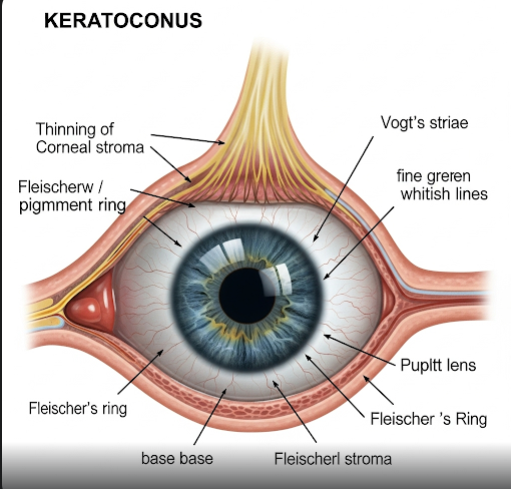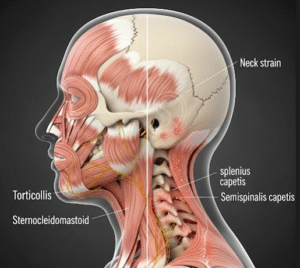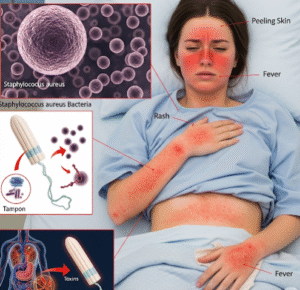Overview
Keratoconus is a progressive eye disorder characterized by thinning and bulging of the cornea into a cone-like shape. This distortion causes irregular astigmatism and vision impairment, often developing during adolescence or early adulthood. Without proper management, keratoconus can lead to significant visual disability. Korea is recognized for advanced corneal treatments, offering innovative diagnostic tools and therapies to slow progression and restore vision.
What Is Keratoconus?
Keratoconus is a non-inflammatory condition where the normally round cornea progressively thins and protrudes outward, forming a cone shape. This irregular shape disrupts light focusing, causing blurred or distorted vision. The exact cause is unclear but involves genetic and environmental factors. Early diagnosis and intervention are key to preserving vision.
Symptoms
- Progressive blurry or distorted vision
- Increased sensitivity to light and glare
- Frequent changes in eyeglass prescription
- Difficulty seeing at night
- Eye irritation or redness in some cases
- Halos around lights
Causes
- Genetic predisposition with a family history in some cases
- Eye rubbing or mechanical trauma to the cornea
- Environmental factors such as allergies and chronic eye irritation
- Associated with certain systemic conditions like Down syndrome and connective tissue disorders
Risk Factors
- Family history of keratoconus
- Chronic eye rubbing
- Allergic eye diseases (e.g., vernal keratoconjunctivitis)
- Age (typically begins in adolescence)
- Certain genetic syndromes
Complications
- Progressive vision loss due to corneal distortion
- Corneal scarring from advanced thinning
- Corneal hydrops (sudden swelling due to rupture of corneal layers)
- Need for corneal transplantation in severe cases
Prevention
While keratoconus cannot be fully prevented, the progression can be slowed by:
- Avoiding eye rubbing
- Managing allergies and eye irritation promptly
- Regular eye examinations for early detection, especially if family history exists
Treatment Options in Korea
- Corneal Cross-Linking (CXL): A breakthrough treatment to strengthen corneal collagen fibers, halting progression. Korea offers state-of-the-art CXL with accelerated protocols.
- Specialty Contact Lenses: Rigid gas permeable (RGP) or scleral lenses to improve vision by providing a smooth refractive surface.
- Corneal Intacs: Small implants inserted into the cornea to reshape and improve vision in selected cases.
- Corneal Transplantation: For advanced keratoconus with significant scarring or thinning, partial or full-thickness transplants are performed using microsurgical techniques.
- Advanced Diagnostics: Topography, tomography, and wavefront analysis for precise assessment and monitoring.
Korea’s top ophthalmology centers combine cutting-edge technology with experienced specialists to deliver personalized treatment plans and excellent outcomes for keratoconus patients.













